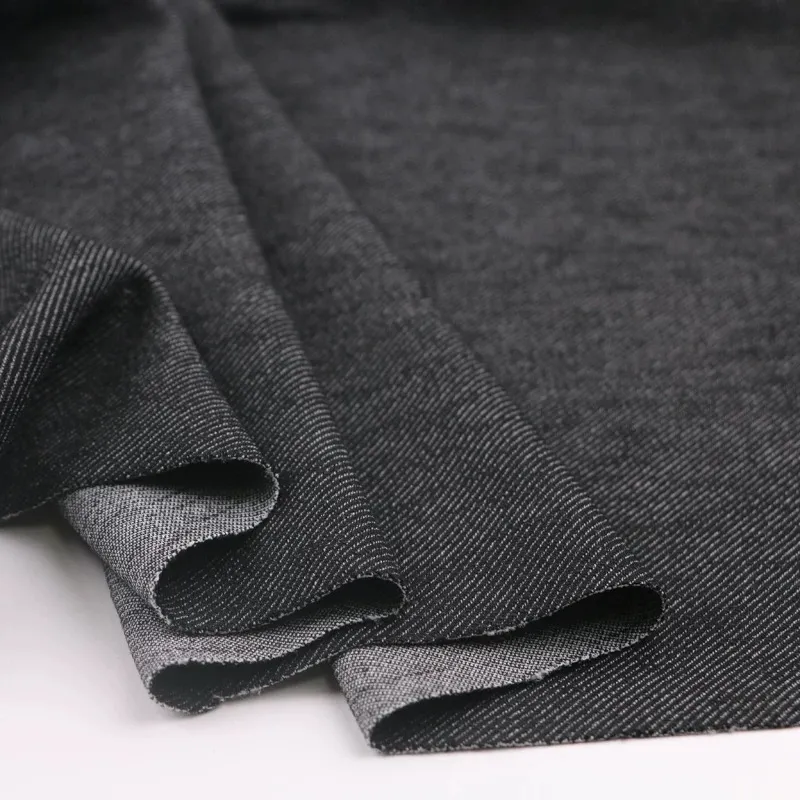Unveiling the Science and Sustainability of Indigo Blue
Indigo blue stands as one of the most iconic and versatile dyes, deeply ingrained in the history of textiles and modern fashion. Its rich hue, adaptability, and timeless appeal make it a favorite across industries. But what sets indigo dye apart chemically, and why does it outperform other dyes? Moreover, as sustainability becomes a growing concern, how does indigo blue interact with the environment? Let’s explore these aspects in detail to understand the enduring allure of indigo blue.

The Chemical Composition of Indigo Blue
The magic of indigo blue begins at the molecular level. The primary active compound in indigo dye is indigotin, a naturally occurring organic compound responsible for its deep, characteristic color. Originally derived from plants such as Indigofera tinctoria, today’s indigo blue powder is often synthesized in laboratories to meet global demand.
Indigotin molecules are insoluble in water, which is why indigo dye requires a reduction process to become water-soluble before it can adhere to fibers. During dyeing, exposure to oxygen causes the compound to return to its original form, producing the vibrant indigo blue we recognize. This oxidation process gives the dye its unique layering effect, making it perfect for products like indigo dye for jeans, where subtle fading and depth are prized qualities.
Advantages of Indigo Blue Over Other Dyes
Indigo blue offers numerous advantages that make it stand out from synthetic and natural competitors alike.
One of its most celebrated features is its ability to fade gracefully over time. Unlike synthetic dyes that lose their appeal as they wear, indigo dye develops a charming patina, making it ideal for items like jeans and jackets. This natural aging process enhances the character of the fabric, creating a look that is both authentic and stylish.
The durability of indigo dye is another advantage. The chemical bonds formed during oxidation are robust, ensuring that fabrics dyed with indigo blue withstand frequent washing and prolonged use. Additionally, the dye’s compatibility with various fibers, including cotton, wool, and silk, highlights its versatility across textile applications.
From a design perspective, the unique hue of indigo blue is difficult to replicate. Its ability to create rich, multi-dimensional shades—from light denim to deep navy—gives designers unparalleled creative freedom. This versatility ensures that indigo blue remains a staple in both casual and high-fashion collections.
Environmental Impact of Indigo Blue
As sustainability becomes a critical focus in fashion and textile production, the environmental impact of indigo dye is under increasing scrutiny. While traditional plant-derived indigo dye is environmentally friendly, synthetic indigo blue powder presents challenges that manufacturers are actively addressing.
One concern is the use of reducing agents, such as sodium hydrosulfite, which can produce wastewater with harmful residues. However, recent advancements in dyeing technology have introduced eco-friendly alternatives, including enzymatic reduction processes that minimize environmental harm.
The biodegradability of natural indigo blue makes it an excellent choice for sustainable fashion brands. Unlike synthetic dyes that linger in ecosystems, plant-based indigo dye breaks down naturally, reducing its ecological footprint. Additionally, many companies are embracing closed-loop dyeing systems that recycle water and reduce waste, ensuring that indigo blue remains a responsible option for eco-conscious consumers.
Indigo Dye for Jeans: A Timeless Classic
No discussion of indigo blue is complete without highlighting its role in the denim industry. Indigo dye for jeans has become synonymous with durability, comfort, and timeless style.
The unique chemistry of indigo blue allows denim to fade naturally over time, creating patterns and textures that are entirely individual. This aging process transforms each pair of jeans into a personalized statement piece, making indigo dye for jeans an irreplaceable component of casual fashion.
Moreover, many denim manufacturers are now prioritizing sustainable practices by using natural indigo dye, recycling water, and employing innovative techniques that reduce environmental impact. These efforts ensure that indigo blue continues to define the denim industry while aligning with modern sustainability goals.
Why Indigo Blue is the Ultimate Dye Choice
Indigo blue remains unparalleled in the world of dyeing, blending rich history with modern innovation. Its chemical composition offers unique properties that other dyes cannot match, while its environmental adaptability positions it as a forward-thinking choice for the textile industry.
From its iconic use in denim to its expanding role in sustainable fashion, indigo dye proves its versatility and timelessness. Whether you’re looking for depth, durability, or a touch of heritage in your textiles, indigo blue delivers unmatched quality and elegance. This enduring hue is more than just a color—it’s a statement of style, tradition, and innovation.
-
The Timeless Art of Denim Indigo Dye
NewsJul.01,2025
-
The Rise of Sulfur Dyed Denim
NewsJul.01,2025
-
The Rich Revival of the Best Indigo Dye
NewsJul.01,2025
-
The Enduring Strength of Sulphur Black
NewsJul.01,2025
-
The Ancient Art of Chinese Indigo Dye
NewsJul.01,2025
-
Industry Power of Indigo
NewsJul.01,2025
-
Black Sulfur is Leading the Next Wave
NewsJul.01,2025

Sulphur Black
1.Name: sulphur black; Sulfur Black; Sulphur Black 1;
2.Structure formula:
3.Molecule formula: C6H4N2O5
4.CAS No.: 1326-82-5
5.HS code: 32041911
6.Product specification:Appearance:black phosphorus flakes; black liquid

Bromo Indigo; Vat Bromo-Indigo; C.I.Vat Blue 5
1.Name: Bromo indigo; Vat bromo-indigo; C.I.Vat blue 5;
2.Structure formula:
3.Molecule formula: C16H6Br4N2O2
4.CAS No.: 2475-31-2
5.HS code: 3204151000 6.Major usage and instruction: Be mainly used to dye cotton fabrics.

Indigo Blue Vat Blue
1.Name: indigo blue,vat blue 1,
2.Structure formula:
3.Molecule formula: C16H10N2O2
4.. CAS No.: 482-89-3
5.Molecule weight: 262.62
6.HS code: 3204151000
7.Major usage and instruction: Be mainly used to dye cotton fabrics.

